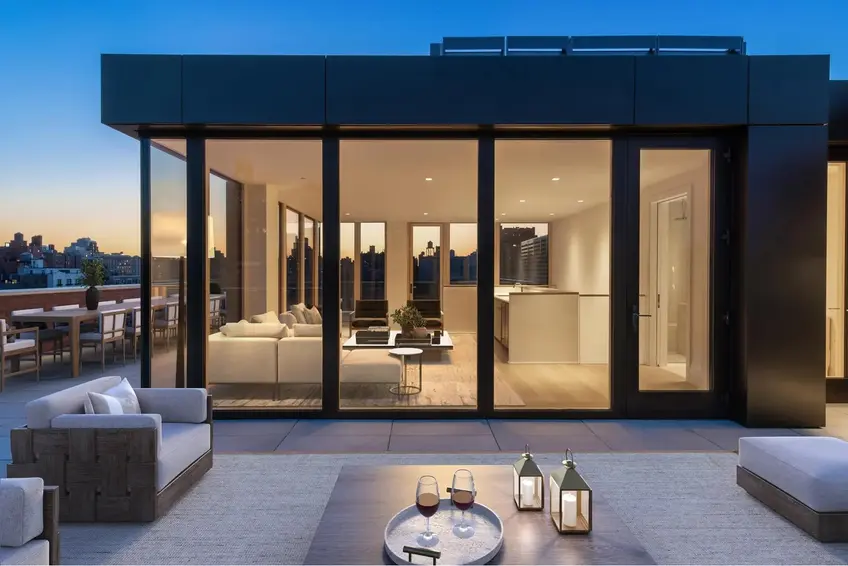 We're in for a hot summer, but it doesn't have to be an unbearable one (Penthouse at Charlotte on the Upper West Side - CORE))
We're in for a hot summer, but it doesn't have to be an unbearable one (Penthouse at Charlotte on the Upper West Side - CORE))
2023 was the hottest year on record in New York City. In 1869, when the first daily temperatures were recorded in Central Park, the average July temperature was 72.8 degrees. Since 2010, average July temperatures have ranged from 76.1 to 81.3 (July 2023 averaged 79 degrees). While yearly fluctuations are expected, one thing is clear: Over the past 150 years, temperatures have been on the rise, and this means increasingly long and hot summers for New Yorkers.
Largely attributed to the build-up of greenhouse gasses in the atmosphere, today’s summers are more rather than less tolerable than summers past. Climate experts predict that summer 2024 will be a historically hot summer for the city and are likely to see some all-time highs. In the nineteenth century, tenements were often so hot, residents were forced to sleep on rooftops or in local parks on the hottest nights of the year. Since the introduction of air conditioning in the 1930s, New Yorkers have been abandoning rooftops and public parks and cozying up next to their ACs instead. Of course, as air conditioners have become increasingly affordable and popular, new problems have also arisen.
In this article:
While by no means the only culprit, air conditioners are among the many factors that have accelerated global warning and inadvertently made our city even hotter over the past century. Worse yet, there are indications that if we don’t change how we cool down, things may get much worse. A 2015 report by the Annals of the New York Academy of Science predicts that by 2080, average temperatures may rise as much as 8.8 degrees. Fortunately, there are at least a few things we can do to cool down without guilt, even on the hottest days of the year.
#1. Build or Retrofit to Passive House Standards
While not everyone is in the position to build a passive home, if you are building a new home, this is currently the most energy efficient way to both cool and heat your home. On average, passive homes use 60 to 70 percent less energy than an average construction. On the cooling front, passive homes are built to minimize the amount of heat that enters from outside. Many tried and true methods help passive homes stay cool, including overhangs, vegetation, and screens. However, the real strength of any passive home or passive building (the Cornell University campus on Roosevelt Island is home to the first passive house high-rise) is that passive homes and buildings are built to breathe. In essence, the homes are wrapped by an insulated blanket that help to keep heat in during the winter months while also keeping heat out during the summer months. To learn more about passive homes and passive house construction, visit New York Passive Homes.
#2. Reduce the Light and Heat Entering Your Home
Building a passive home is not within everyone’s reach nor budget but this doesn’t mean you can’t embrace its principle, which essentially maintains that the best way to spend less energy cooling your home down is to simply keep your home from heating up. The most effective way to do this is to invest in the right windows and shades.
For windows, one option is to select a spectrally selective coating. According to the U.S. Department of Energy, windows with this coating can filter out 40 to 70 percent of the heat normally transmitted through insulated window glass without compromising one’s light. The windows accomplish this by reflecting the infrared (heat) portion of the solar spectrum while still letting in light. Some studies suggest that using spectrally selective coatings can reduce one’s electric cooling needs up to 40 percent.
For windows, one option is to select a spectrally selective coating. According to the U.S. Department of Energy, windows with this coating can filter out 40 to 70 percent of the heat normally transmitted through insulated window glass without compromising one’s light. The windows accomplish this by reflecting the infrared (heat) portion of the solar spectrum while still letting in light. Some studies suggest that using spectrally selective coatings can reduce one’s electric cooling needs up to 40 percent.
If you’re not in the position to replace your windows due to cost or because you’re a renter not owner, there are still ways to effectively reduce the light and heat entering your home. One affordable option is to invest in cellular shades. Starting at about $60 per unit, cellular shades can reduce the amount of solar heat that streams through your windows by up to 80 percent.
#3. Landscape to Cool Your Home
Another accessible intervention is to increase your cooling capacity with landscaping. For optimal impact, install a green roof. According to the U.S. Environmental Protection Agency, installing a green roof can have a significant impact not only on the temperature of one’s home but also on the surrounding environment. The principal is simple but effective: green roofs provide shade and remove heat from the air through a process known as “evapotranspiration.” On very hot days, this means that the surface temperature of a green roof is typically much cooler than the air temperature. By contrast, a conventional rooftop may be up to 90°F (50°C) warmer than the air temperature.
Unfortunately, building a green roof is not always possible. You not only need a roof but also a roof that can hold the weight of a garden, which many older buildings cannot. Still, there are plenty of other available options. If you have outdoor space, even just a small balcony, installing shrubs or planting tall grasses can help to increase your privacy while also reducing the amount of direct sun light and heat that streams into your home. If you don’t have outdoor space, consider purchasing indoor plants. Houseplants absorb warm air while releasing oxygen and cool moisture into the air. For the best results, stock up on aloe vera and bamboo palm.
#4. Think Strategically About Air Circulation
Before you purchase a dozen fans, think about ways to naturally create a cross draft in your home. If you live on a high floor, especially in a high-rise, you may not need to purchase fans at all. Whether it is strategic to let the outdoor air in, however, will depend a great deal on the temperature. On the hottest days of the year, it is often wiser to keep your windows closed than open. If you do purchase fans, it is also important to recognize that while they will make you feel cooler, they do not technically lower the temperature of your home. Also, while using much less energy than an air conditioning unit, they do consume energy.
Would you like to tour any of these properties?
Just complete the info below.
Or call us at (212) 755-5544
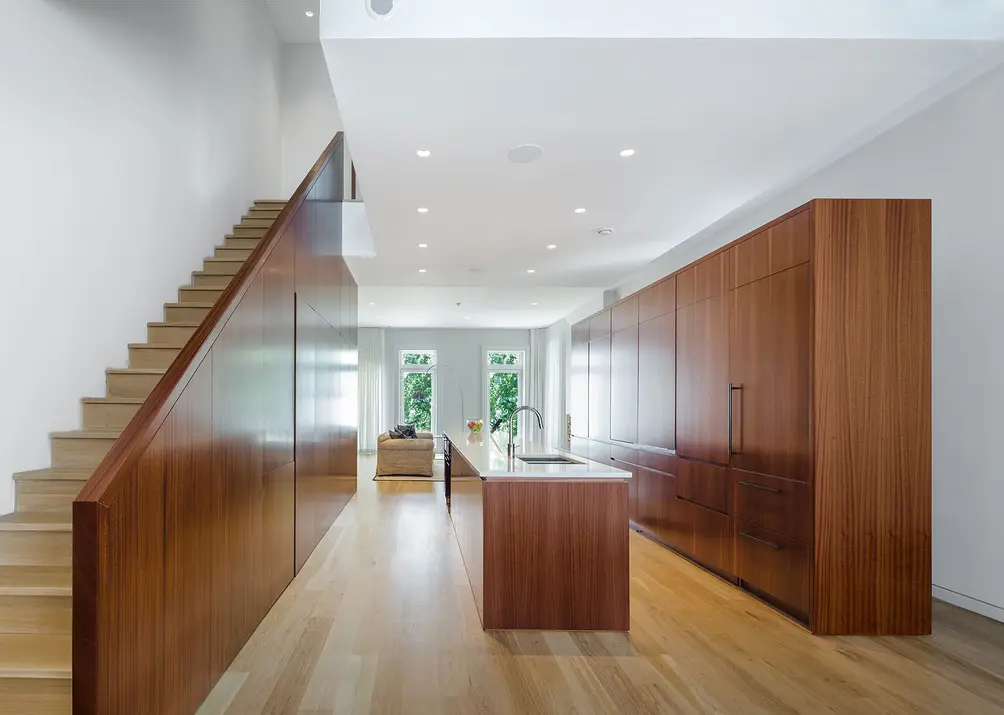 Interior of Harlem Passive House (Murphy Burnham & Buttrick Architects)
Interior of Harlem Passive House (Murphy Burnham & Buttrick Architects)
#5. Raise Your Thermostat
Ultimately, cooling down without the guilt also means changing one’s personal habits. A century ago, air conditioners didn’t even exist. Today, we frequently spend our summers shivering away in buildings that are cold enough to be well below the comfort threshold. As we have grown accustomed to the summer super chill found in many office buildings, stores and restaurants, we have also started create our own ice chambers at home. Although temperatures between 73 and 79 degrees Fahrenheit are generally recommended, in the United States, many air conditioned buildings now hover between 68 and 73. If you want to cool down without the guilt, the simplest way to start is by raising your thermostat. If it is 95 degrees outdoors, 75 to 79 degrees indoors will still feel extremely comfortable.
Energy-efficient homes utilizing Passive House principles
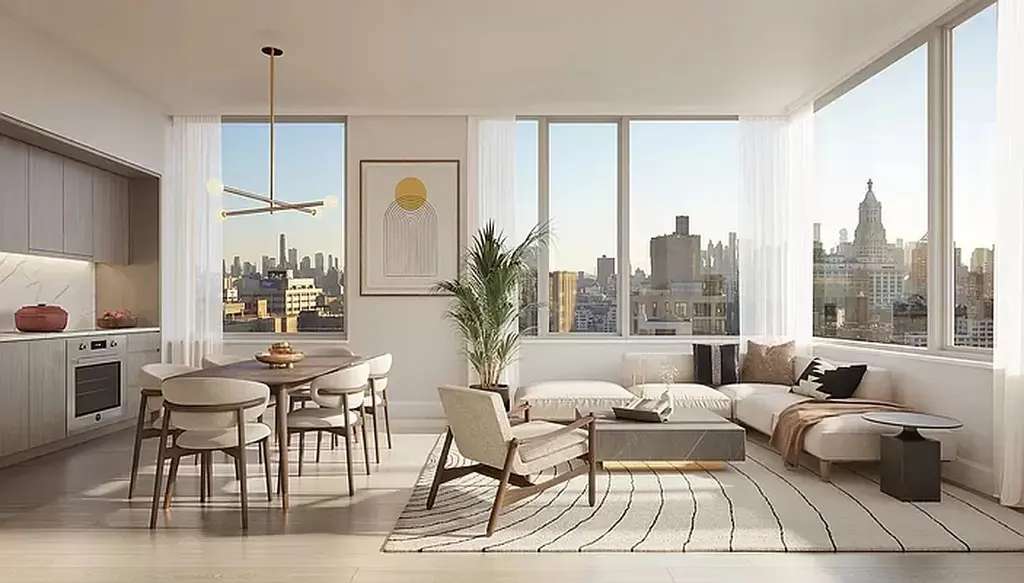
Gemma Gramercy, #10A (Real New York)
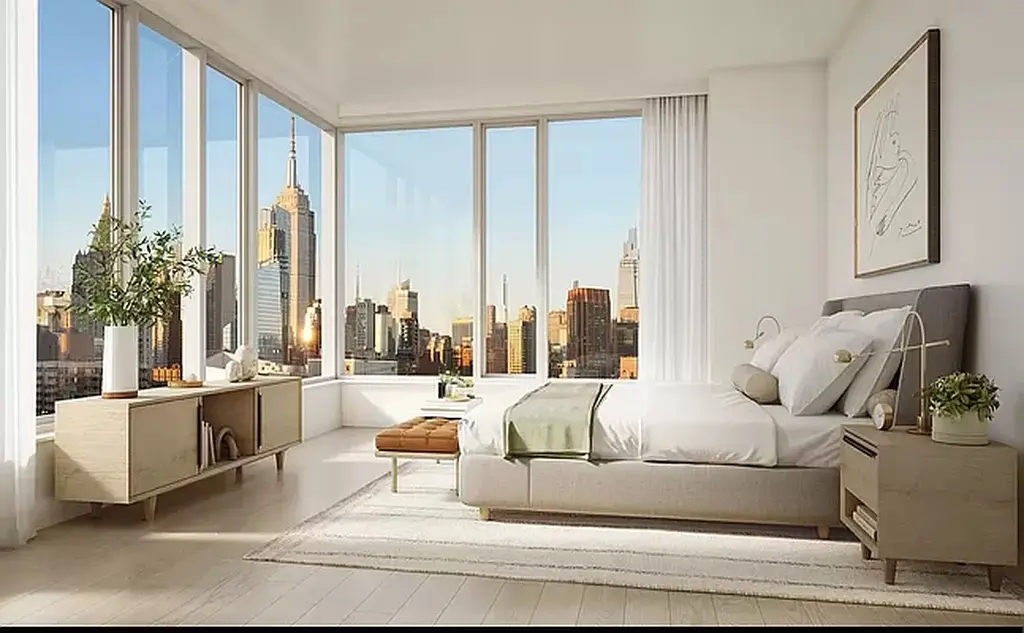
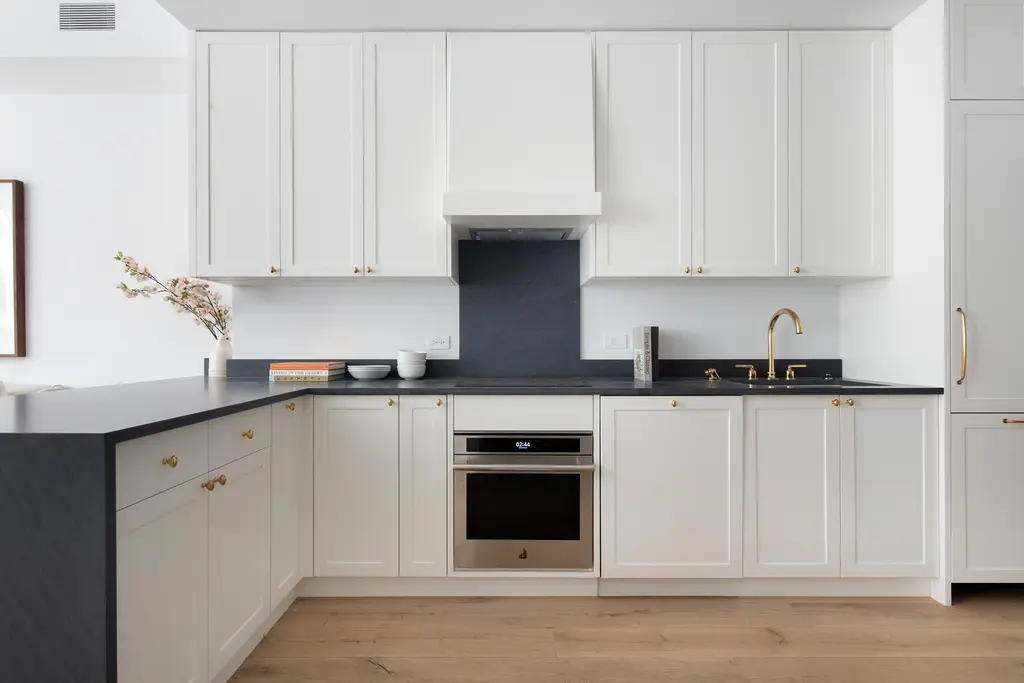
The Butler Collection, #1D (Douglas Elliman Real Estate)
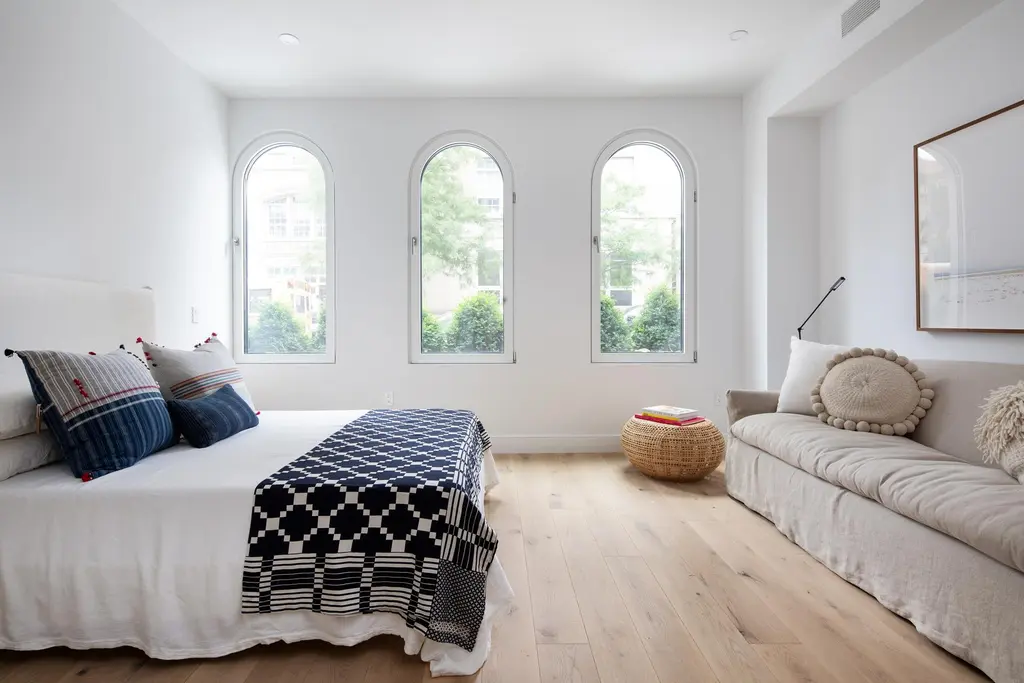
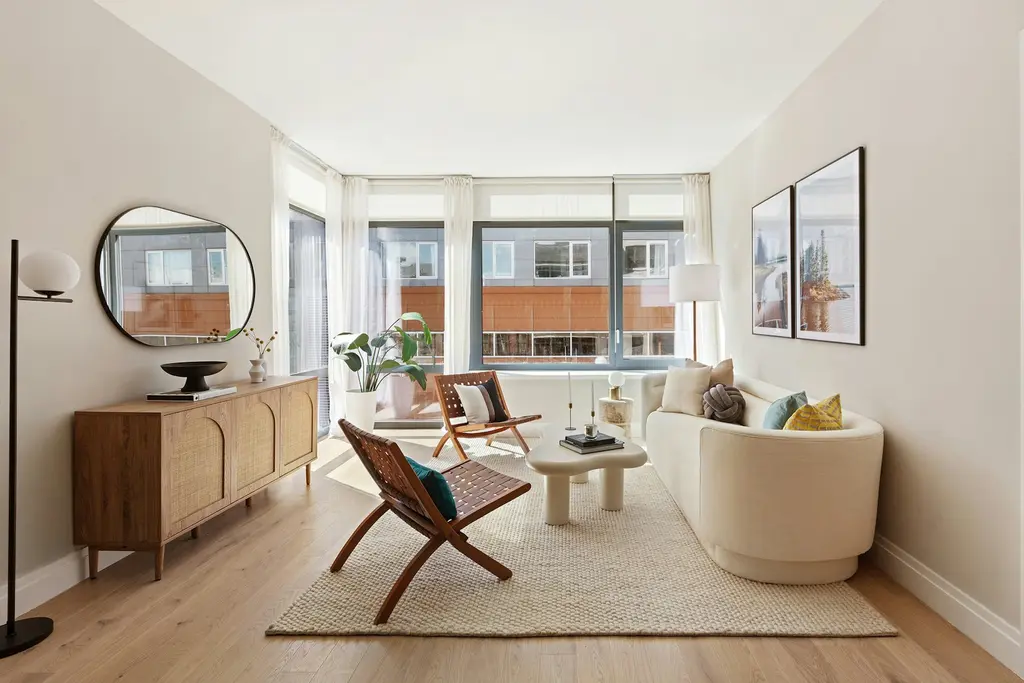
The Dovecote, #FL2 (Brown Harris Stevens Residential Sales LLC)

255 Columbia Street, #S4
$1,975,000 (-4.8%)
Carroll Gardens | Condominium | 3 Bedrooms, 2.5 Baths | 1,253 ft2
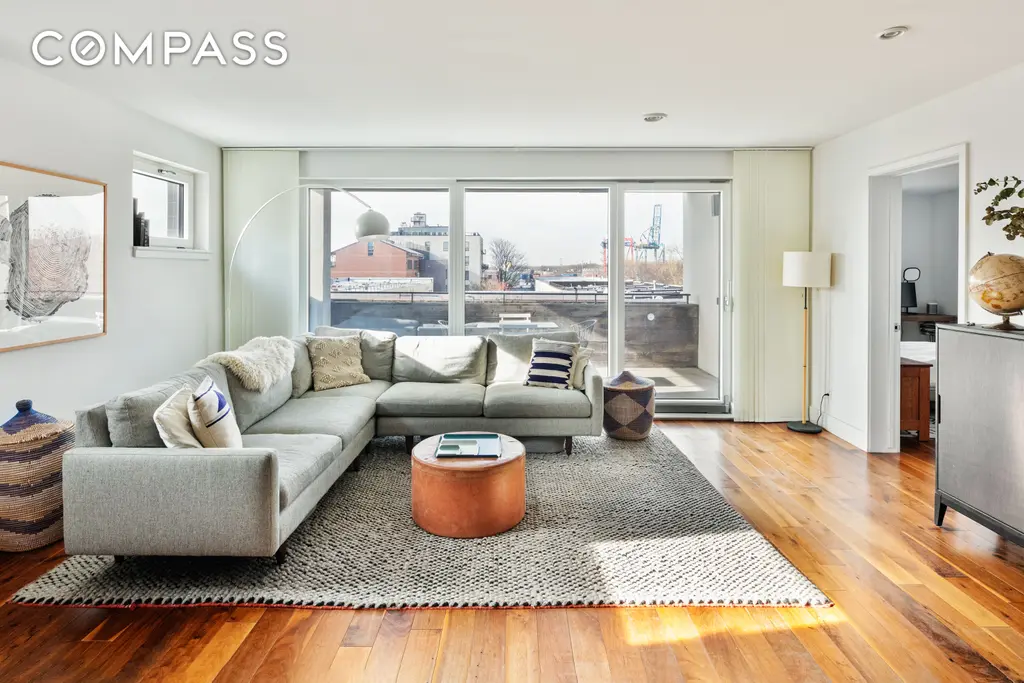
255 Columbia Street, #S4 (Compass)
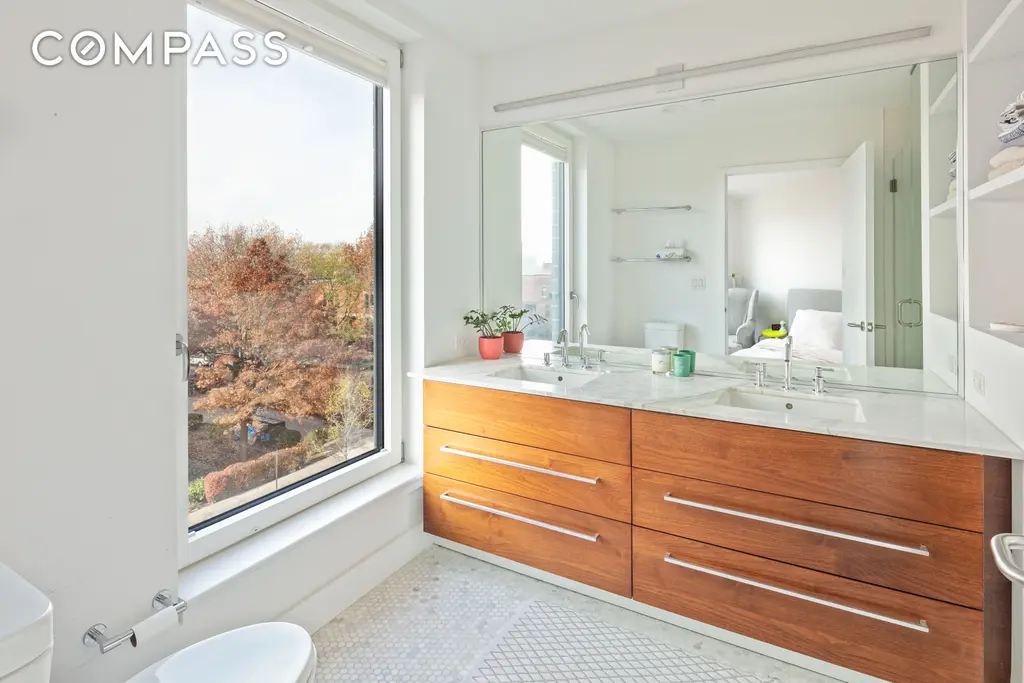
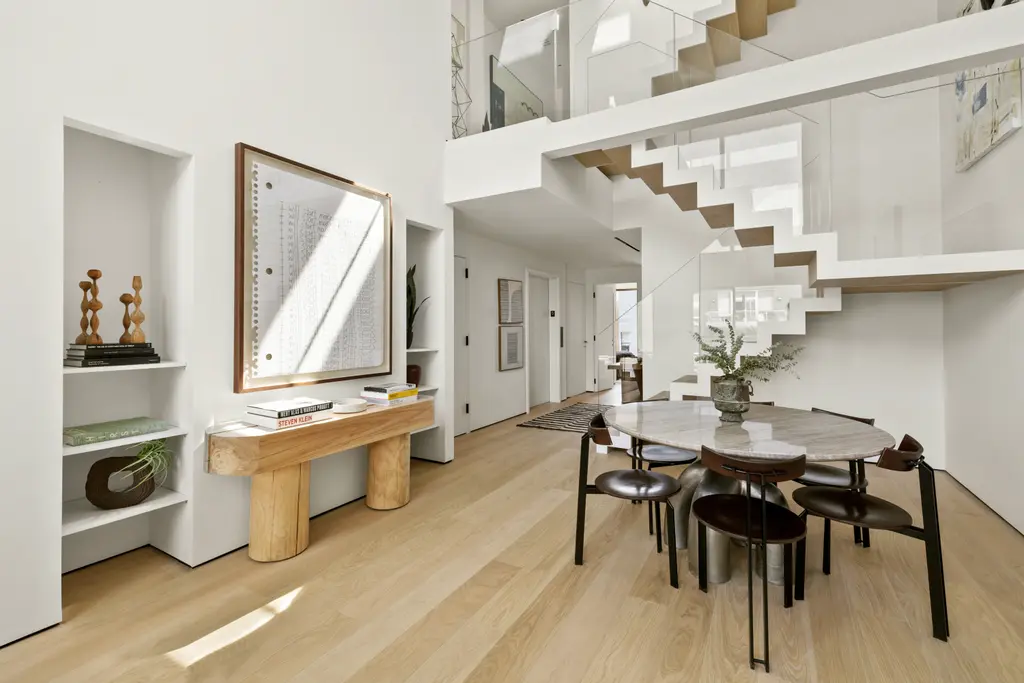
RoseBk, #PH1 (Serhant LLC)
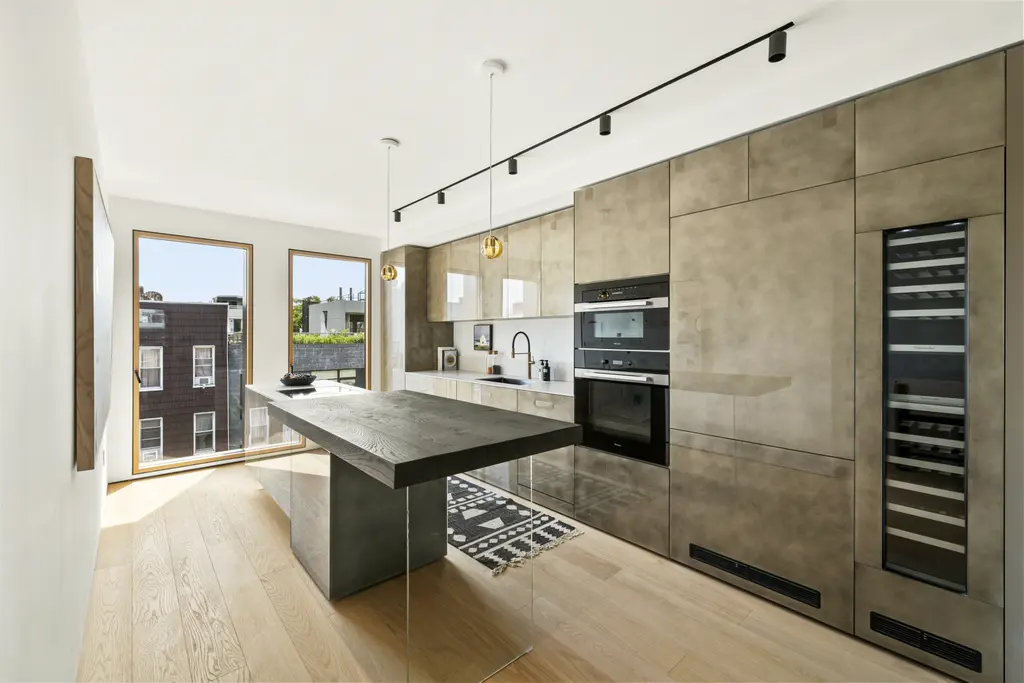
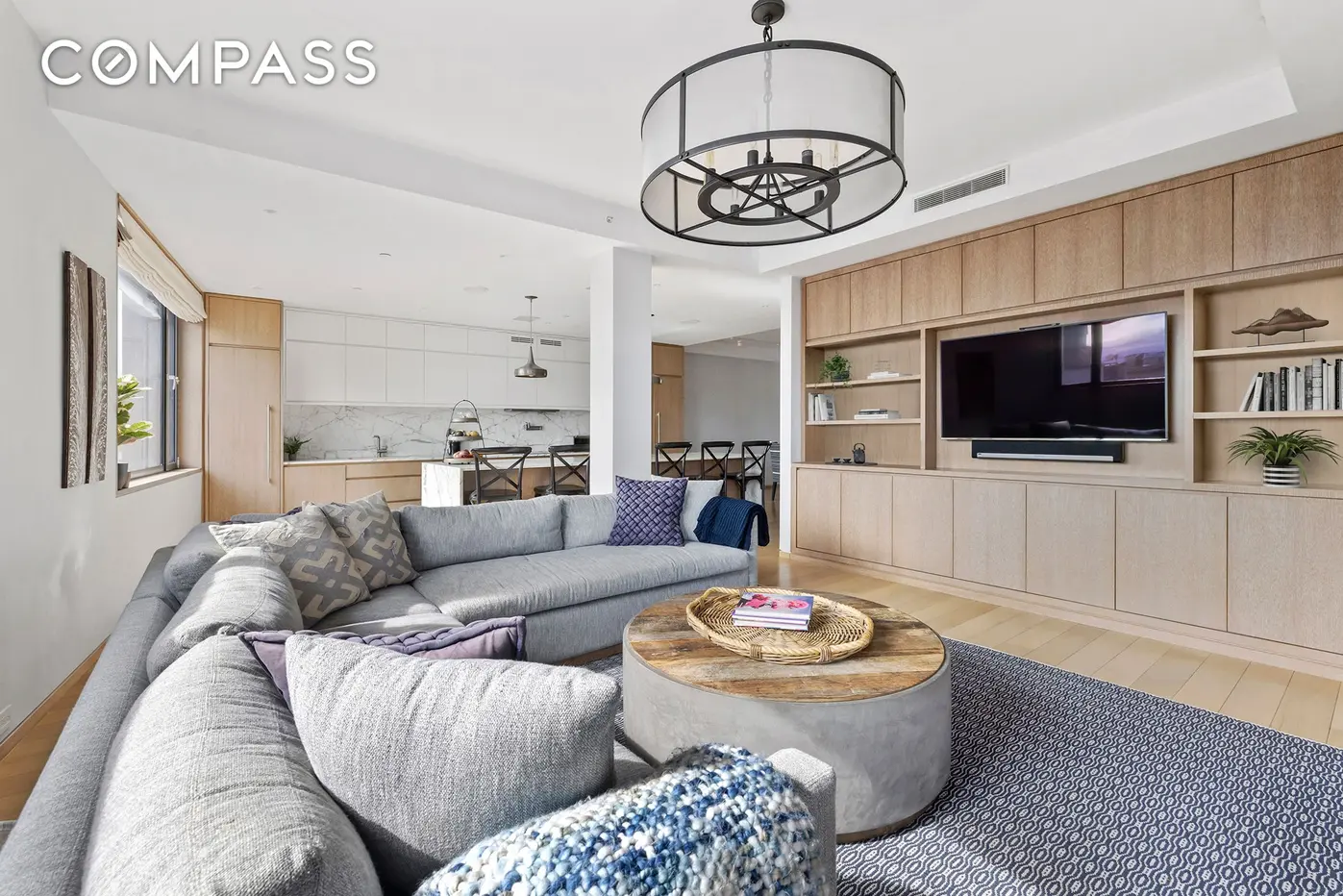
210 Pacific Street, #6 (Compass)
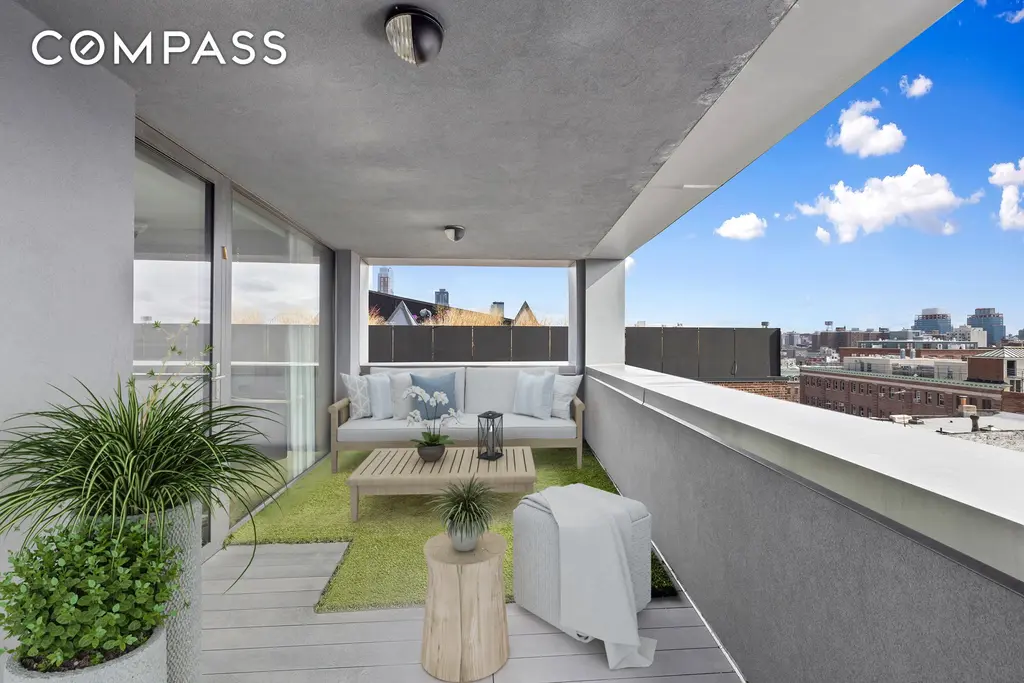
Charlotte of the Upper West Side, #3
$7,450,000
Broadway Corridor | Condominium | 4 Bedrooms, 5 Baths | 3,570 ft2
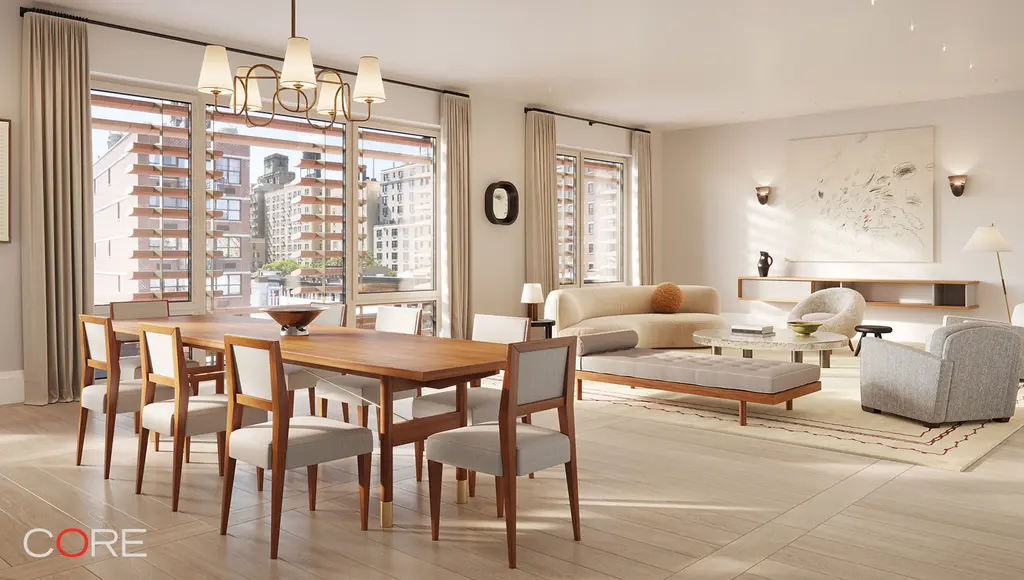
Charlotte of the Upper West Side, #3 (CORE Group Marketing LLC)
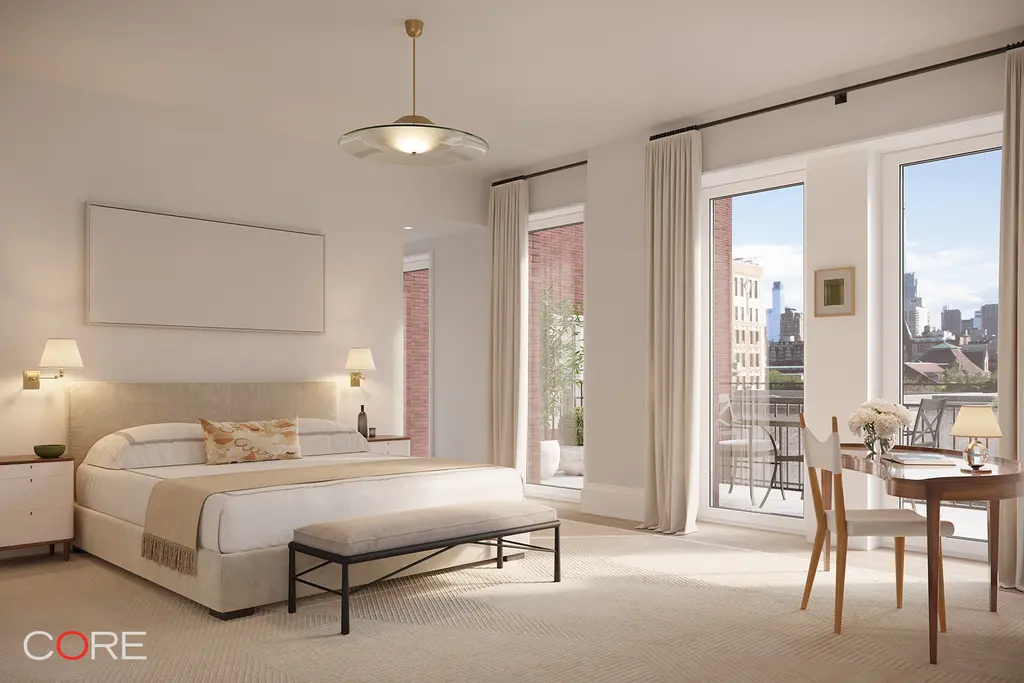
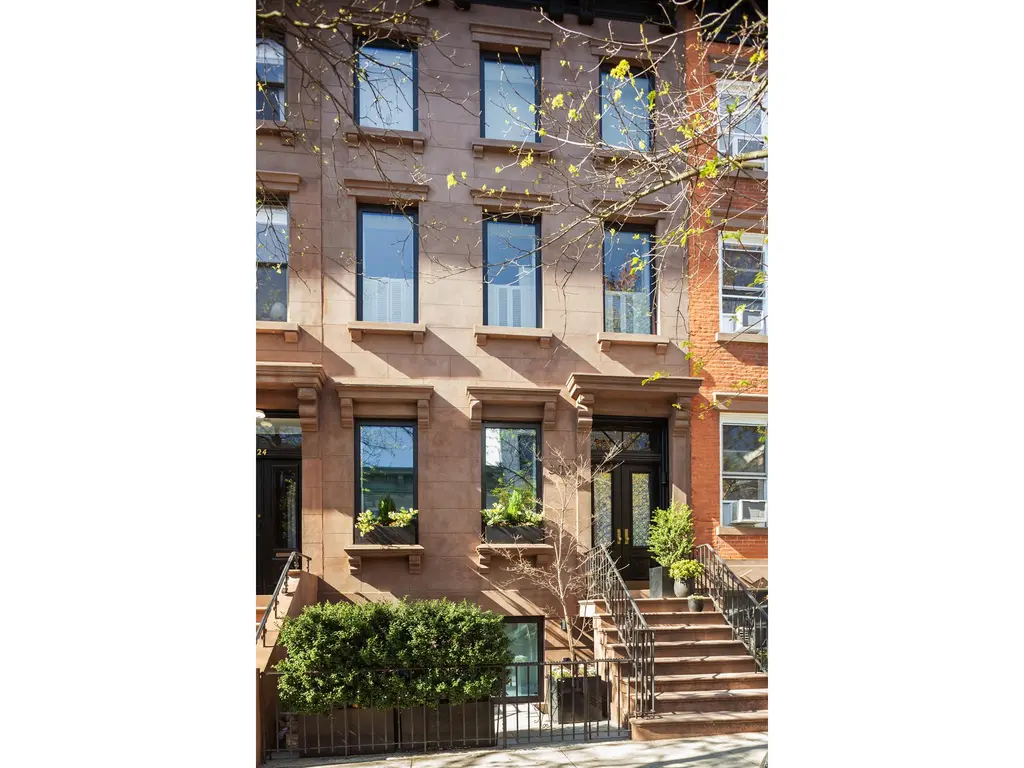
322 Degraw Street, # (Douglas Elliman Real Estate)
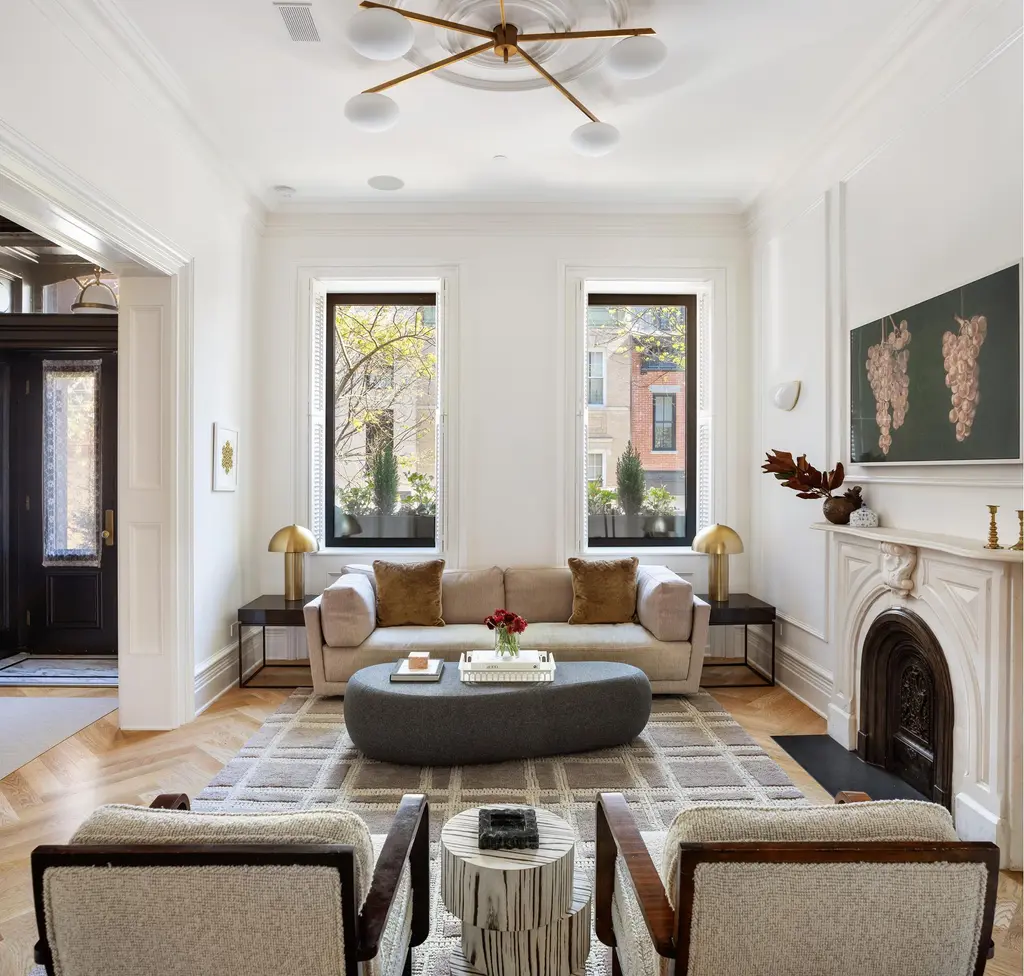
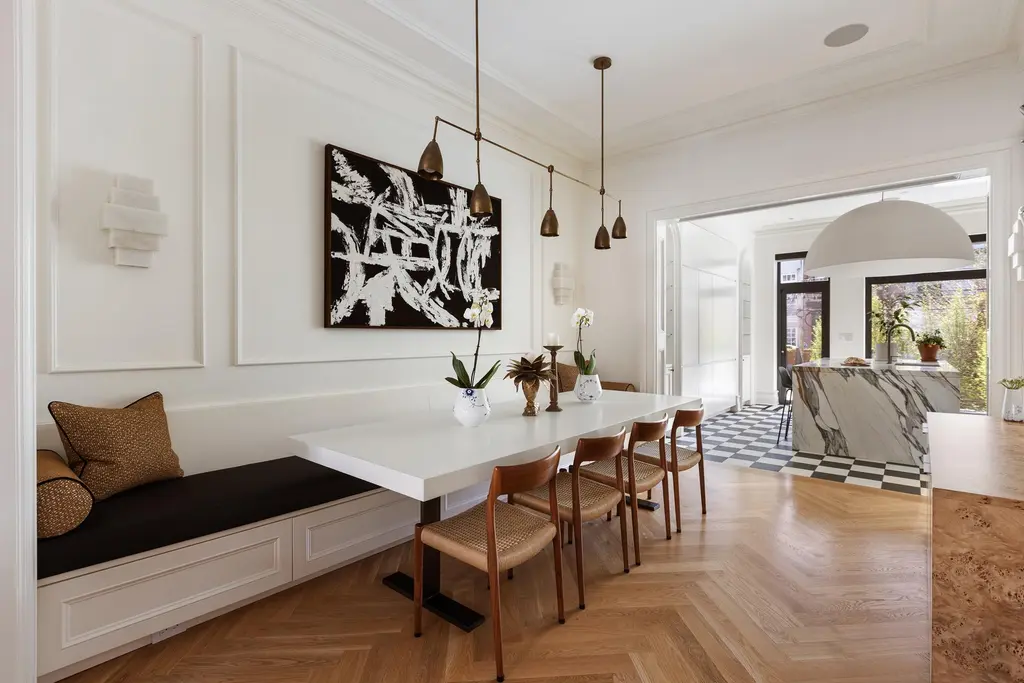
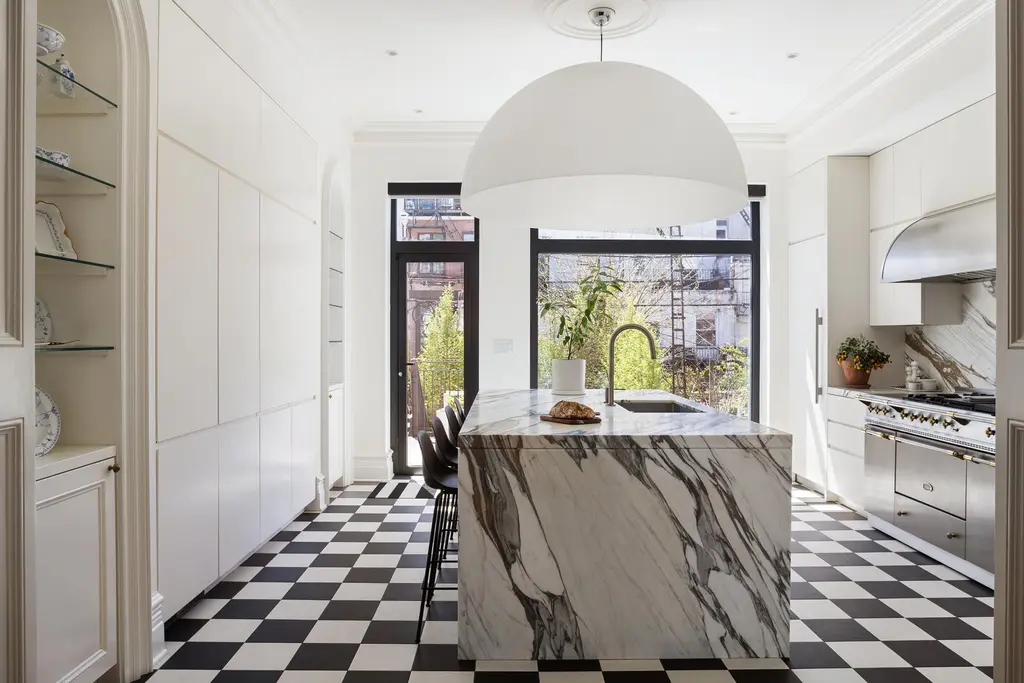
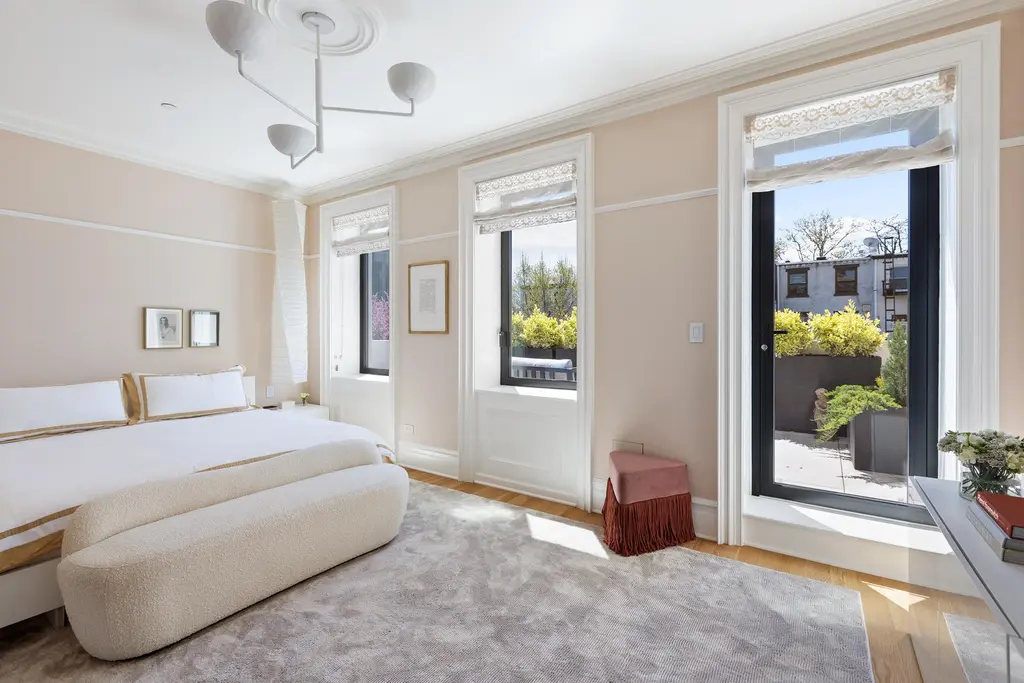
Charlotte of the Upper West Side, #PH2
$16,995,000
Broadway Corridor | Condominium | 4 Bedrooms, 5 Baths | 4,042 ft2
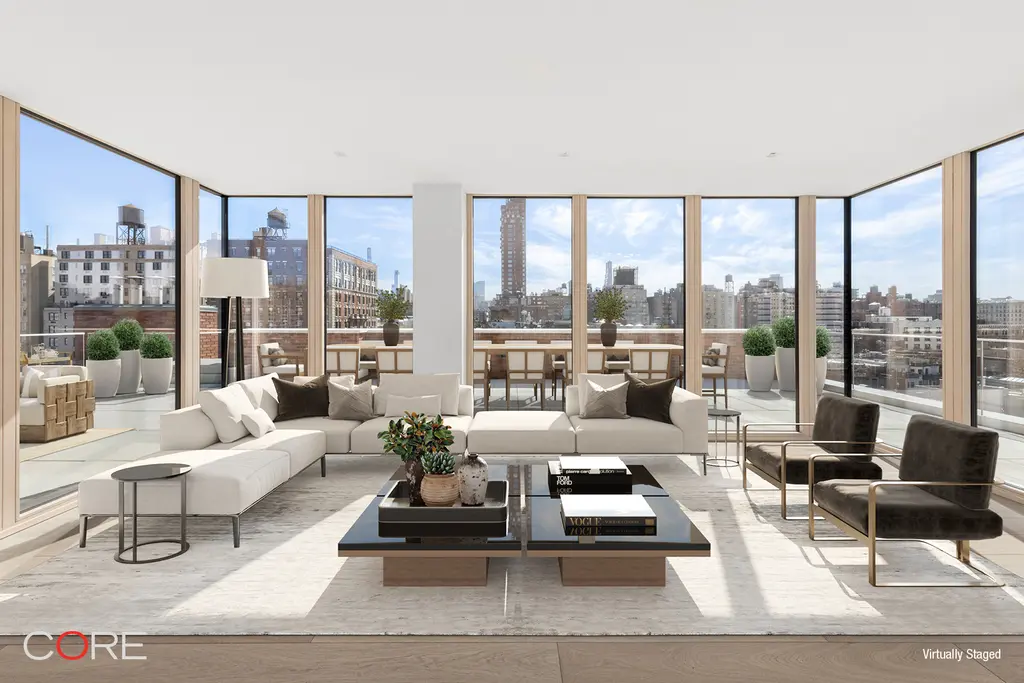
Charlotte of the Upper West Side, #PH2 (CORE Group Marketing LLC)
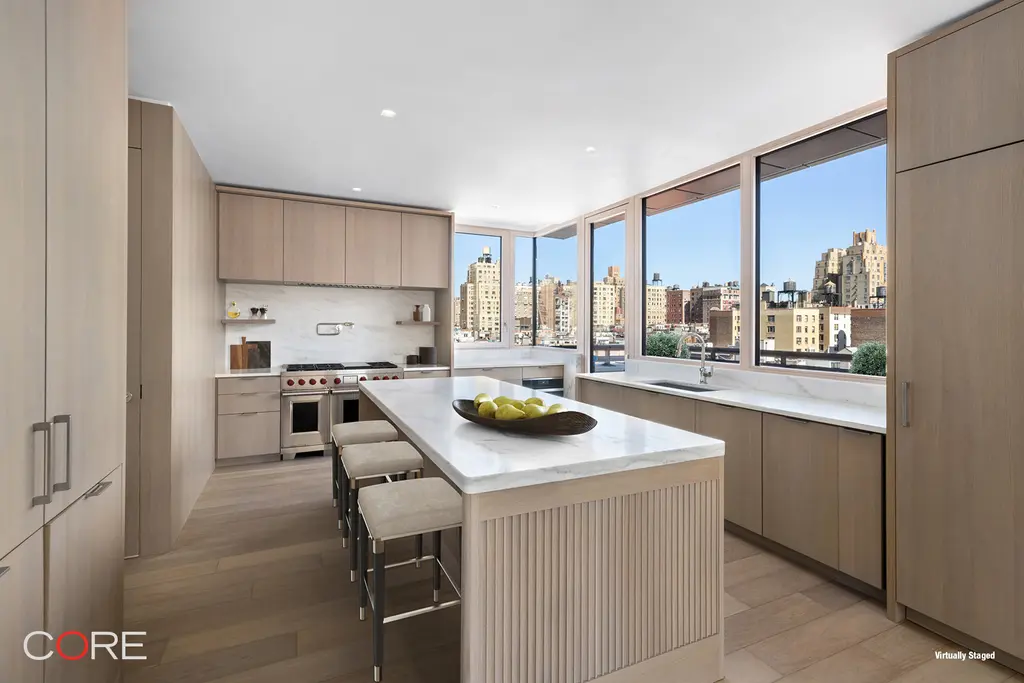
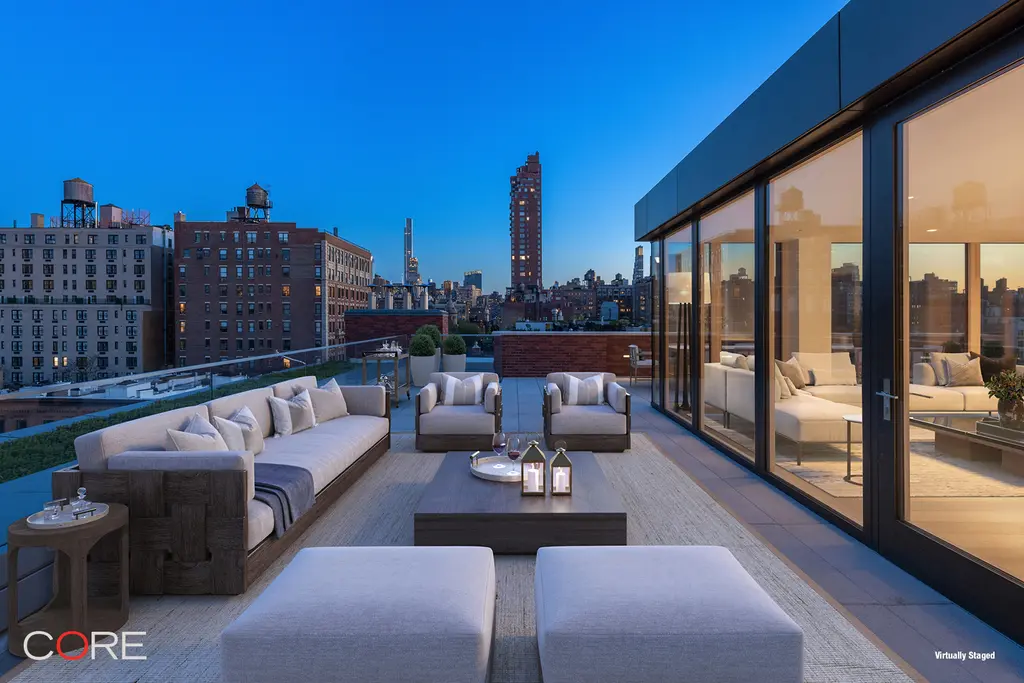
Would you like to tour any of these properties?
Just complete the info below.
Or call us at (212) 755-5544
Would you like to tour any of these properties?

Contributing Writer
Cait Etherington
Cait Etherington has over twenty years of experience working as a journalist and communications consultant. Her articles and reviews have been published in newspapers and magazines across the United States and internationally. An experienced financial writer, Cait is committed to exposing the human side of stories about contemporary business, banking and workplace relations. She also enjoys writing about trends, lifestyles and real estate in New York City where she lives with her family in a cozy apartment on the twentieth floor of a Manhattan high rise.

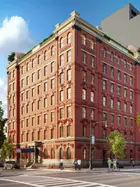
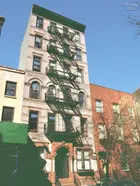
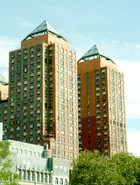
 6sqft delivers the latest on real estate, architecture, and design, straight from New York City.
6sqft delivers the latest on real estate, architecture, and design, straight from New York City.
